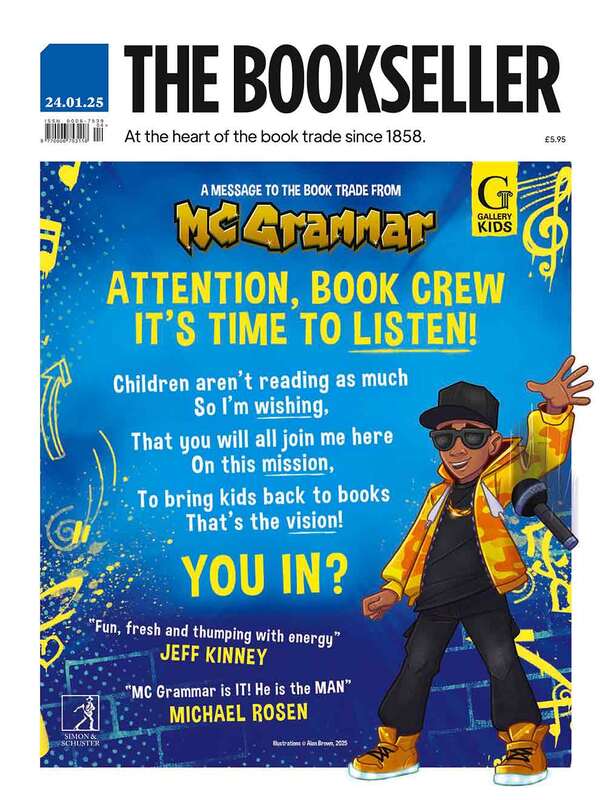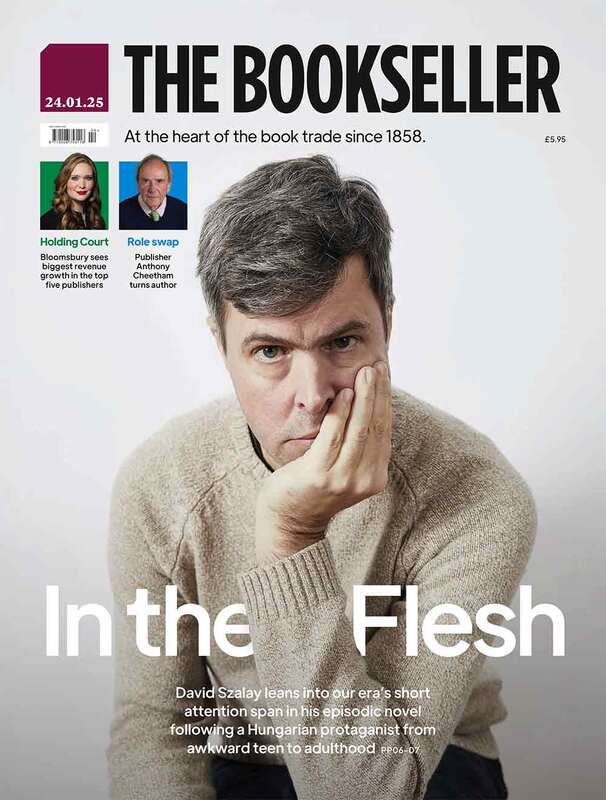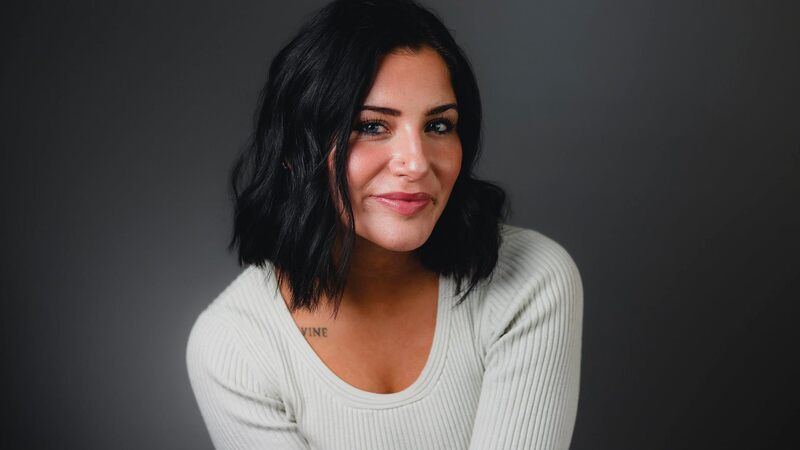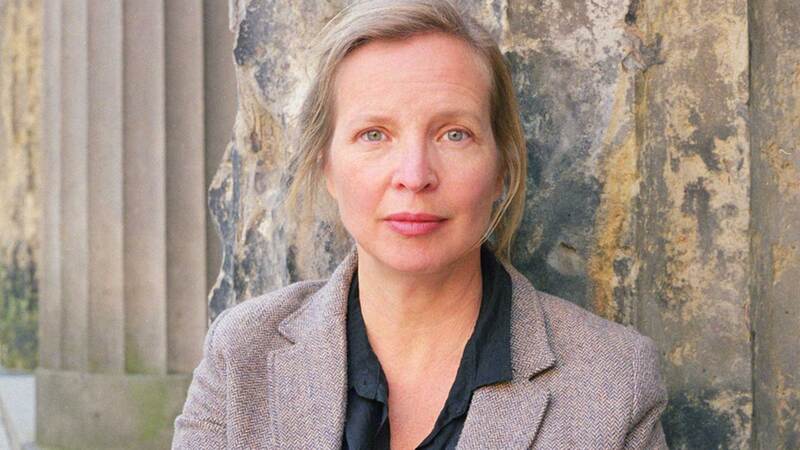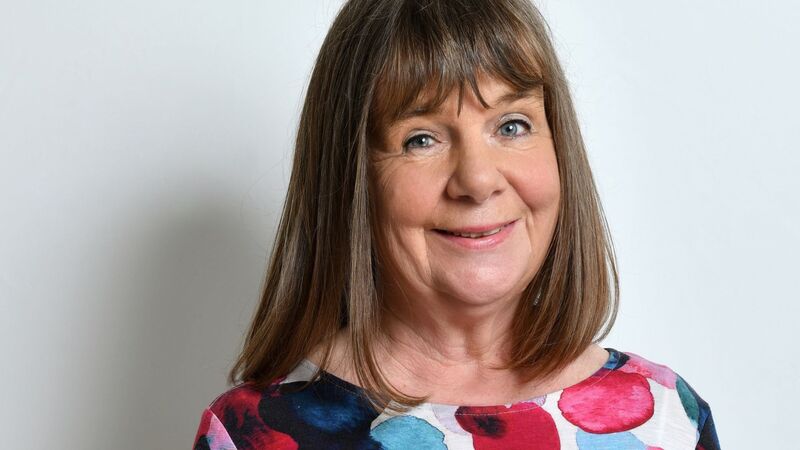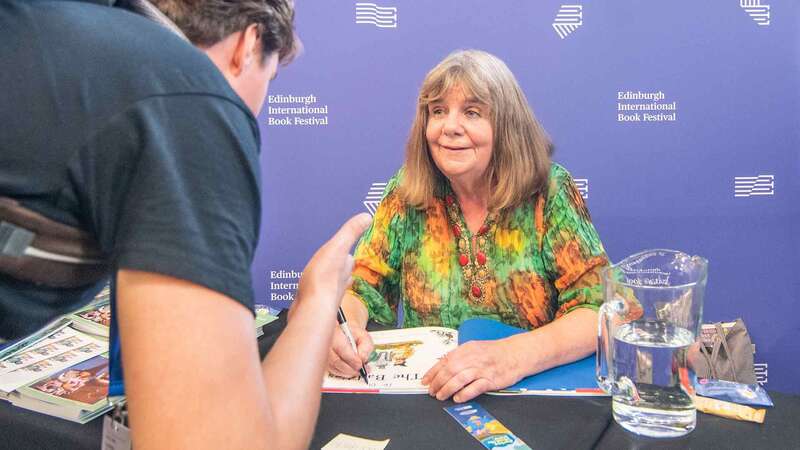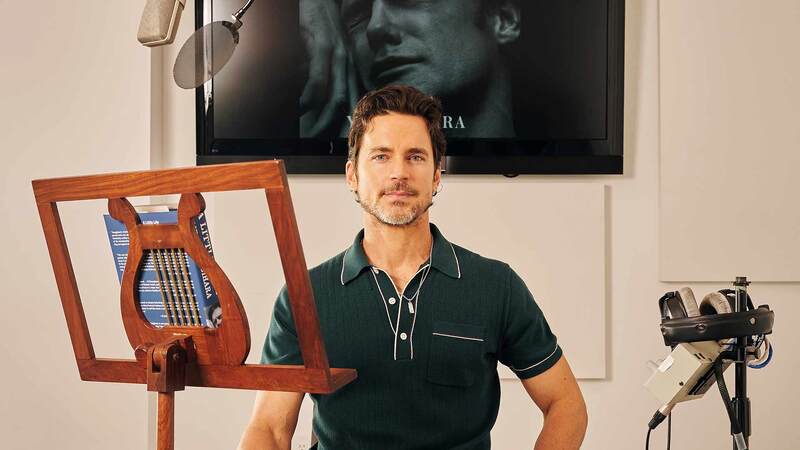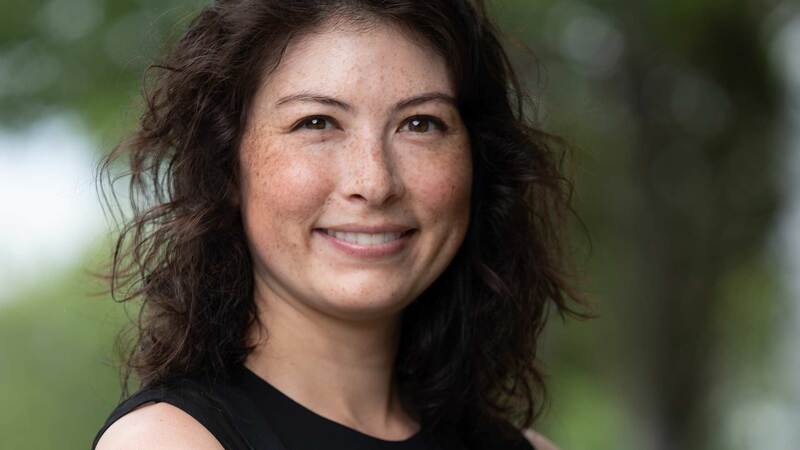You are viewing your 1 free article this month. Login to read more articles.
No pain, no gain
Dusty Miller, Pan Mac’s communications director for non-fiction and events, recently won a PPC award for Picador’s campaign for Adam Kay’s This is Going to Hurt, which is shortlisted for The British Book Awards' Non-Fiction Narrative Book of the Year. Miriam Robinson finds out what gave the campaign such impact.
When did planning begin?
We started after reading the proposal because it was such a rare beast: funny, shocking and immediate, and the diary format was so accessible. "Word of mouth" has become a marketing term that means too many things, but this is a book you have to talk about. The next step was seeing [author] Adam Kay perform his Edinburgh [stand-up] show, which was where the book began.
How did you translate his comedy show into events that would sell books?
I find it interesting how live events connect with digital, and how people speak online about events. We did over 40 events at festivals and indie bookshops, either shortened versions of his show, or readings and Q&As. He revisited the Edinburgh Fringe to launch the hardback, and did Christmas shows. Adam’s talent as a performer came to the fore on publication day: he played songs on the piano at St Pancras [station], which was live-streamed with Waterstones.

A still from a marketing animation for This is Going to Hurt
How did you pitch this to the press?
Adam is very well-connected and we worked with him on endorsements. We did three proof runs with the array of quotes which came in. This helped distinguish it as the media were a little over medical memoirs, and it helped to have famous people backing him to show that it was different, funny and very special. Jonathan Ross’ "Arts Show" [Radio 2] interview and the Sunday Times serial kicked off the campaign and with all the key elements. Broadcast media in the UK don’t tend to mix funny, heartbreaking and political—you have to be one thing or another. Russell Howard’s Sky One show is one of the shows that mixes it up, and there was a spike in sales after he interviewed Adam.
What was the marketing strategy?
With an eye on shareability, non-fiction communications manager Paul Martinovic commissioned animator Andrew Warwick (Warwicka) to create cool, funny animations that captured Adam’s self-deprecating humour. With Tom Noble planning the social, the videos did really well organically and we boosted them with spend, later looked after by Andy Joannou. Working with Becky Lloyd, publishing director for audio, we used Adam’s voice and found this helped sell the audiobook; we learned as we went, shifting as different audiences responded differently. We also wanted an audio-specific asset, so asked [comic] Mark Watson to interview Adam: that’s at the end of the audiobook and we used it for extra marketing. We had faith in the book resonating with readers, and booked Christmas outdoor advertising early on.
Any lessons learned?
Publicists know it’s how much time you have that makes the difference. With this book I knew we could keep going from one media outlet to the next and Adam would be up for it. It’s a privilege to be in that position, and it was a reminder not to give up. Someone who initially was a "no" might be a "yes" down the line. Working on this book reminded me why I love publishing—it felt like I was making a difference. This industry has amazing stories to tell. The focus on frontlist and publication can be overwhelming, but if I had a magic wand and could double the amount of time we had, we’d be responding to conversations people are having and finding the books to help them with that.

